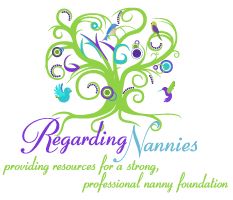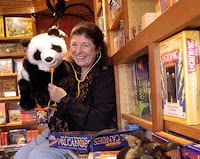Before you purchase any children’s product, examine it and ask yourself the following questions:
1.Safety
Is the toy safe? Are there potential hazards? Is the product too small? Are there sharp edges or loose ties? Is it nontoxic? Will it take rough treatment? Does it meet Consumer Product Safety Standards? Is there a warranty?
2.Fun
Does it entertain the child? Does it amuse, delight, excite?
3.Age Grading
Is the product age-appropriate? Does it fit the child’s age, skills, and abilities? Will it hold the child’s interest? Will it make the child happy?
4.Design
Is it easy to use? Does it look good? Does it feel good?
5.Versatility
Is it versatile? Is there more than one use for the product?
6.Durability
Will it last a long time? Children play hard and subject their toys to a lot of abuse and wear.
7.Interesting
Is it enticing? Is it fun to play with? Does it offer an opportunity to learn, and to think? Does it teach about the child’s living environment?
8.Creativity
Will it expand the child’s creativity?
The right products can expand the child’s imagination in art, crafts, hobbies, language, reading, music, movement, and drama.
9.Usability
Will it frustrate or challenge the child? Does it offer something new to learn, to practice, or try? Will the child know how to use the product? Or, will it be too difficult to use without adult assistance?
10.Packaging
Does the product match the package and the package match the product?
If the toy does not match ads or packaging it can be disappointing.
Is age-grading clear? Is the item in the store like the product shown in the print or TV advertisement?
11.Personal Values
Will it nurture childhood? Does it help the child express emotions, experience concern for others, practice positive social interaction? Does it promote wholesome childhood values? Or are there any violent, sexist, or other negative aspects to the product?
12.Educational
What will it teach? Does it expand positive self-esteem, values, understanding, and cultural awareness? Does it offer practice in skill-building? Eye-hand coordination? Fine and large motor skills? Communication? Does it educate the child about the environment? The community? The world? History? Computers? Other skills?
13.Maintenance
Can it be cleaned and reused? If it is not washable, can it be cleaned in some practical way?
14.Cost
Is it affordable? Does the price match the value received?
You want to find toys and products that offer an opportunity to think, to learn to practice, or try something new and beneficial. Some products are perfect for playing games; others are just right for activities such as construction projects, arts and crafts, puzzles, or a family hobby.
Having fun together as a family is an important part of a child’s play experience. Play is, after all, a time for having fun. Learning is a lot easier and is more enduring when it’s fun!
Here are few final thoughts:
1.Encourage your child to tell you about the toys and products on its wish list.
2.Consider getting one of those fantasy products the child wants, even if you think it’s silly.
3.Childhood is fleeting. Even if we don’t agree about the child’s choice, the child needs to learn to be responsible for decisions made as a consumer. The child is influenced a lot by what their friends are playing with and by what is seen on television.
4.Make a point of examining the toys and products included on Dr. Toy’s extensive list of award-winning products (http://www.drtoy.com/) each one has valuable activity, creativity, or education built in, and your child will benefit.
Dr. Toy’s Smart Play: How To Raise A Child With a High PQ (Play Quotient)
Choosing Childcare: Finding and Keeping the Best Childcare Arrangements“>Choosing Childcare: Finding and Keeping the Best Childcare Arrangements
The Toy Chest: A Complete Sourcebook of Toys for Children“>The Toy Chest: A Complete Sourcebook of Toys for Children

